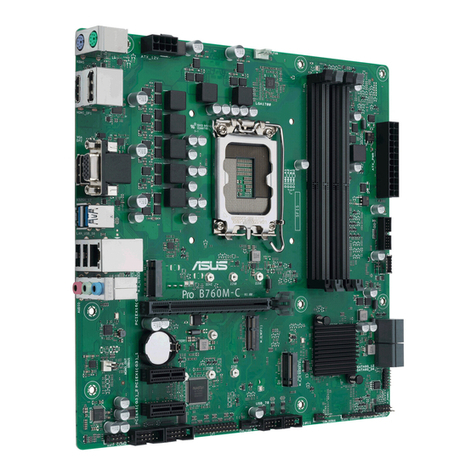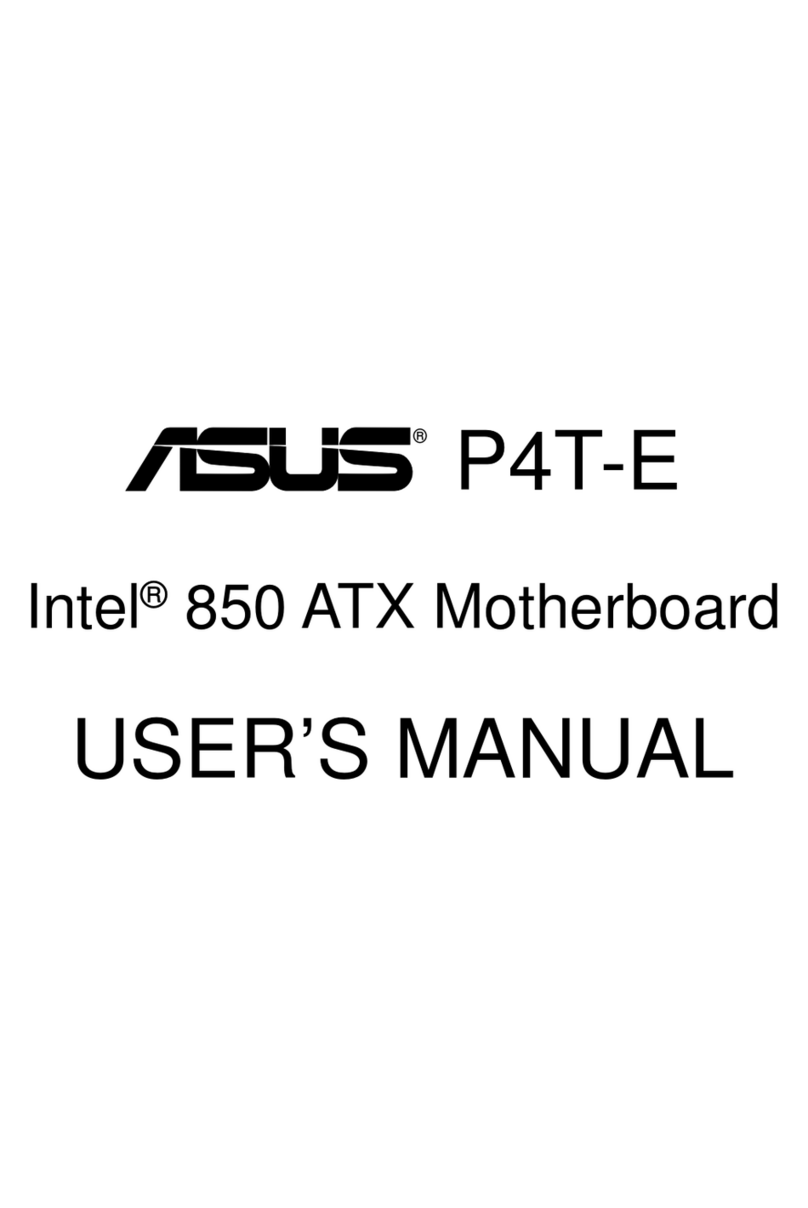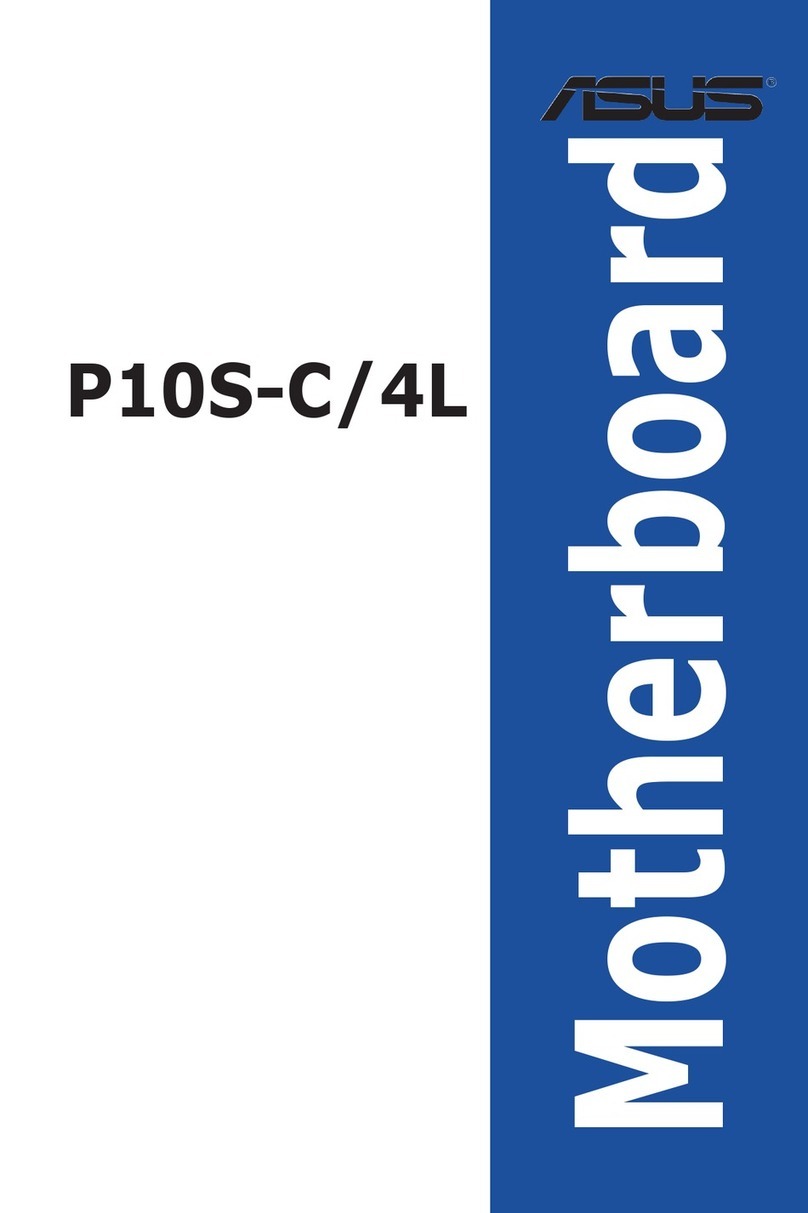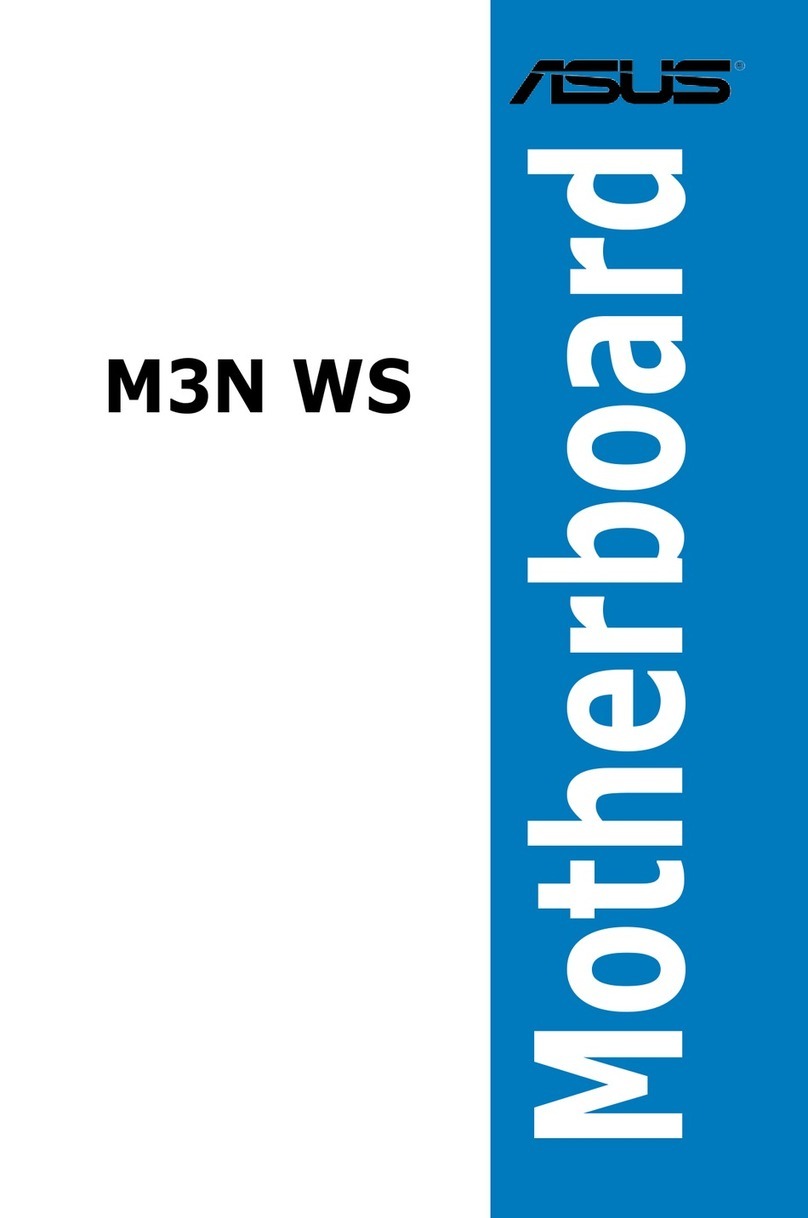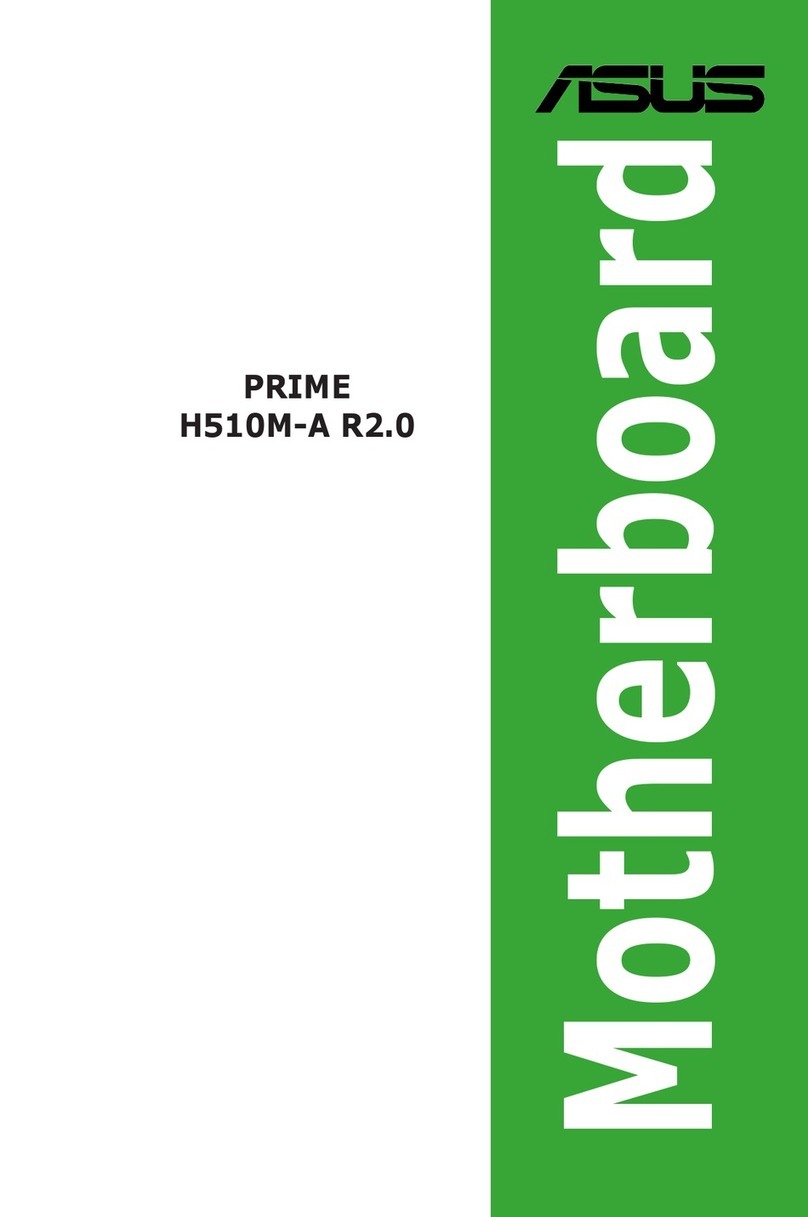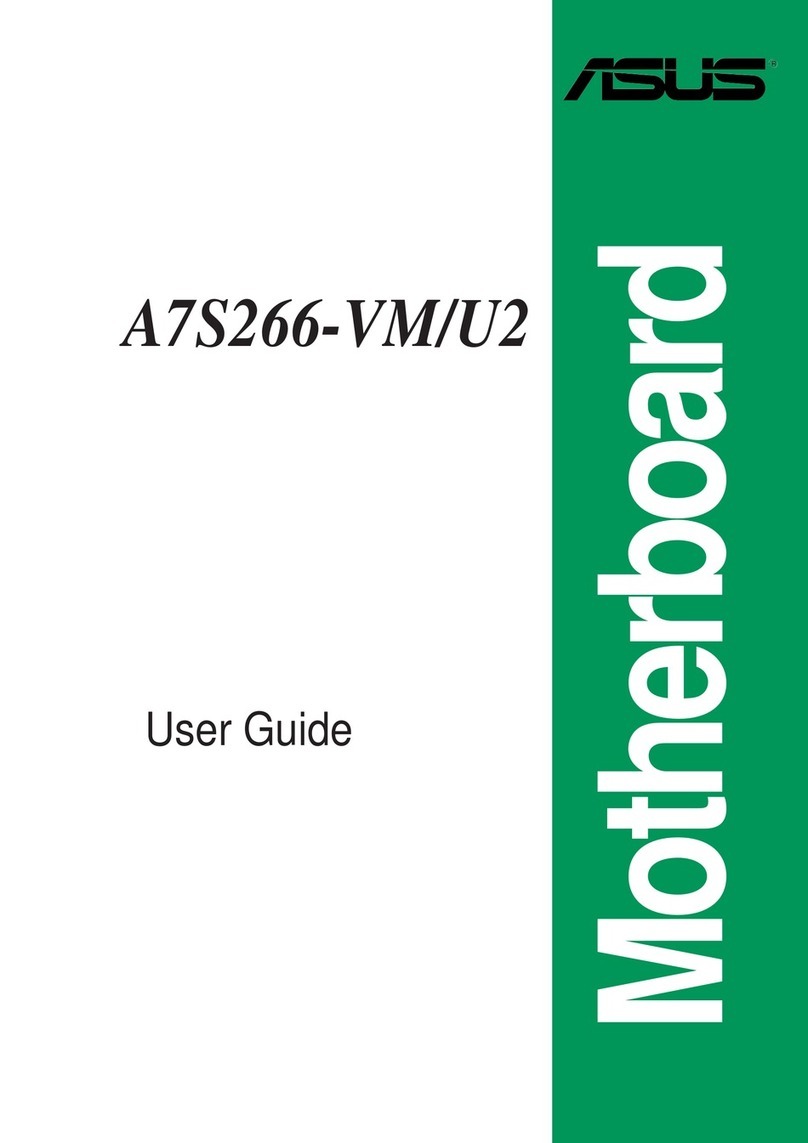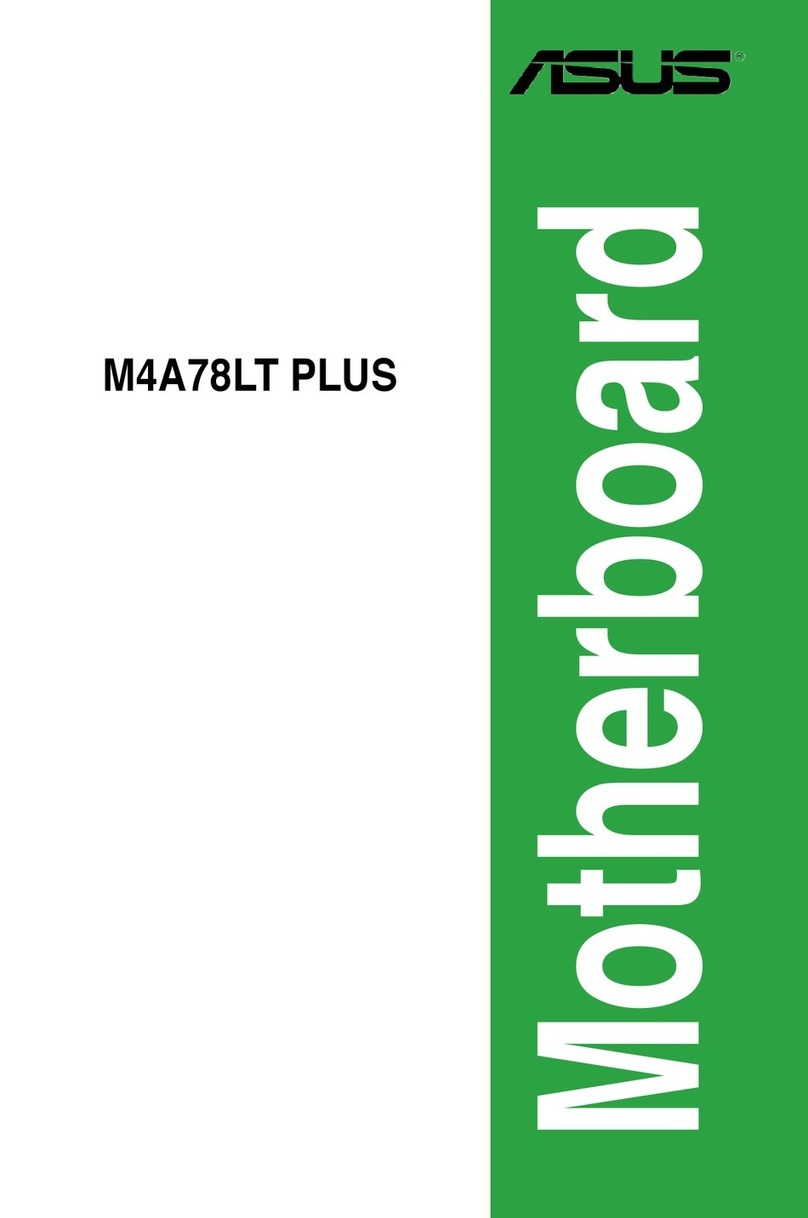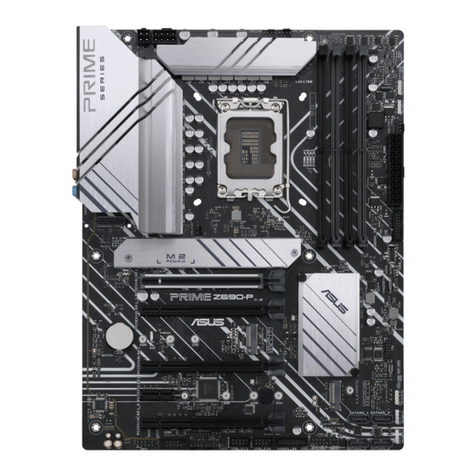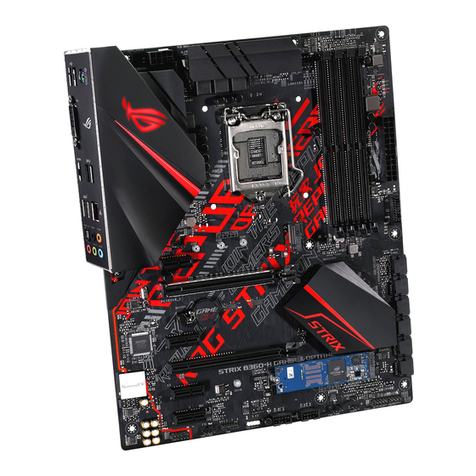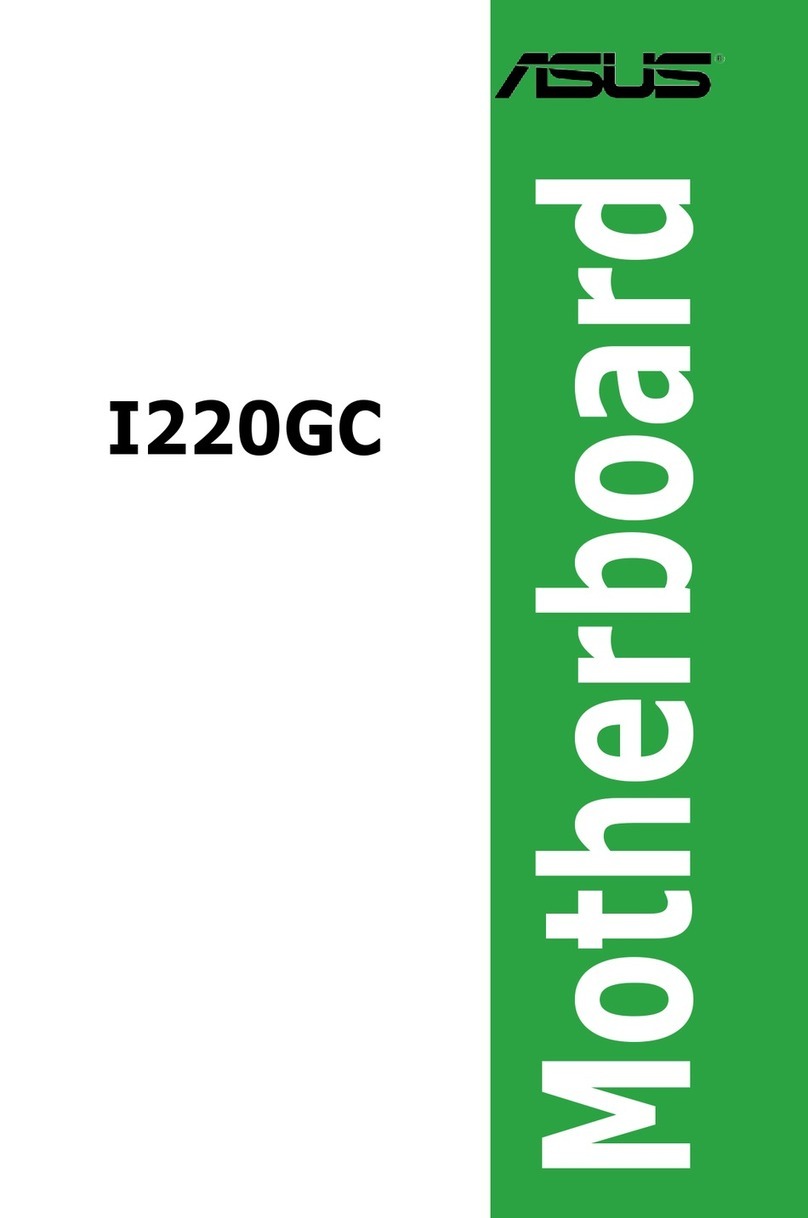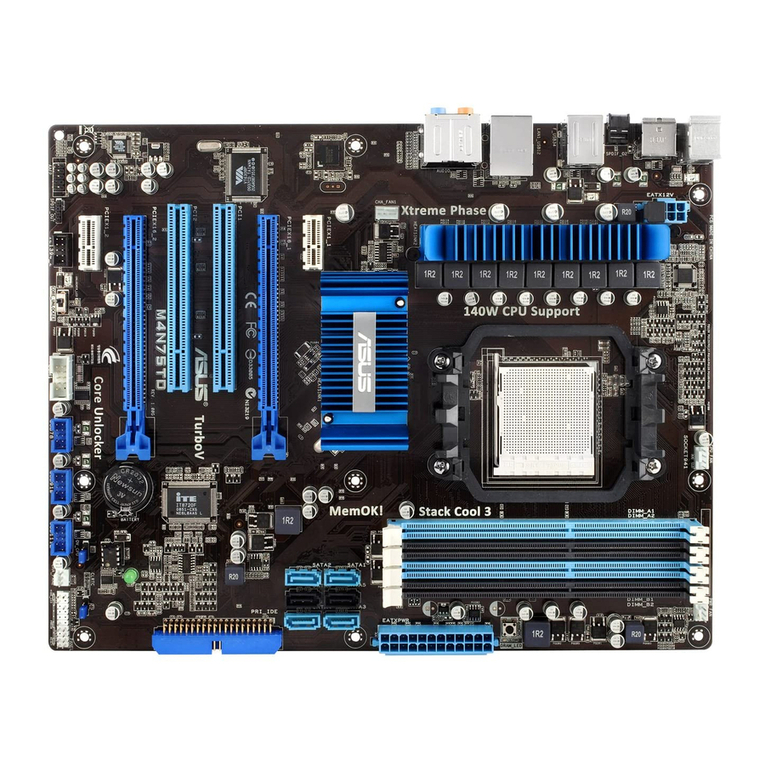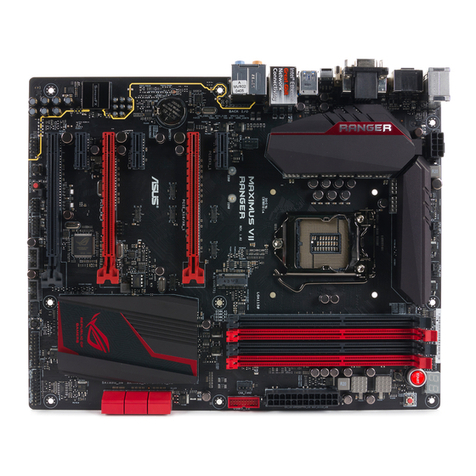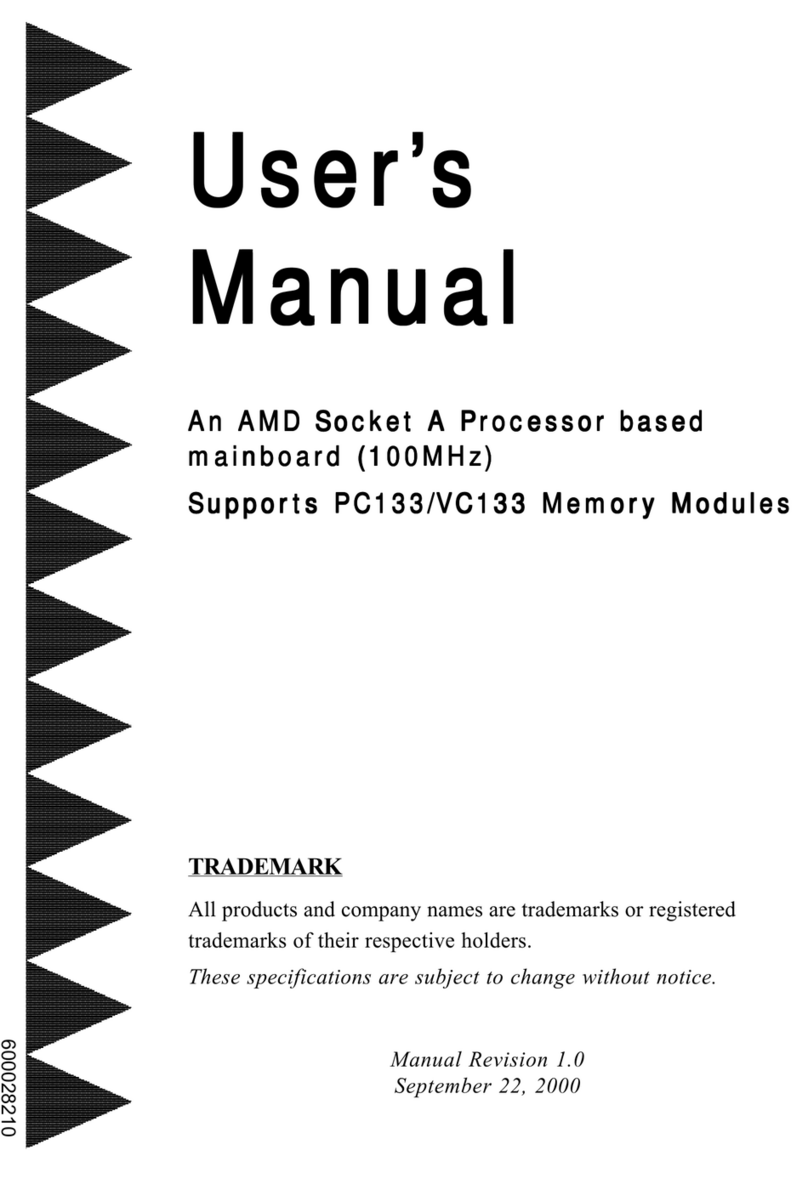iii
Contents
Notices ................................................................................................ vi
Safety information ............................................................................. vii
About this guide .................................................................................viii
How this guide is organized ....................................................viii
Where to find more information .............................................viii
Conventions used in this guide ................................................ ix
Typography ......................................................................................... ix
P5P800-VM specifications summary .................................................... x
Chapter 1: Product introduction
1.1 Welcome! .............................................................................. 1-2
1.2 Package contents ................................................................. 1-2
1.3 Special features .................................................................... 1-2
1.3.1 Product highlights ................................................... 1-2
1.3.2 Innovative ASUS features ....................................... 1-4
1.4 Before you proceed .............................................................. 1-6
1.5 Motherboard overview .......................................................... 1-7
1.5.1 Placement direction ................................................ 1-7
1.5.2 Screw holes ............................................................. 1-7
1.5.3 Motherboard layout ................................................ 1-8
1.6 Central Processing Unit (CPU) .............................................. 1-9
1.6.1 Installing the CPU .................................................... 1-9
1.6.2 Installing the CPU heatsink and fan ....................... 1-12
1.6.3 Uninstalling the CPU heatsink and fan ................... 1-14
1.7 System memory .................................................................. 1-16
1.7.1 Overview ............................................................... 1-16
1.7.2 Memory configurations ......................................... 1-16
1.7.3 DDR Qualified Vendors List ................................... 1-17
1.7.4 Installing a DIMM ................................................... 1-19
1.7.5 Removing a DIMM .................................................. 1-19
1.8 Expansion slots ................................................................... 1-20
1.8.1 Installing an expansion card .................................. 1-20
1.8.2 Configuring an expansion card .............................. 1-20
1.8.3 Interrupt assignments ........................................... 1-21
1.8.4 PCI slots ................................................................ 1-22
1.8.5 AGP slot ................................................................ 1-22
